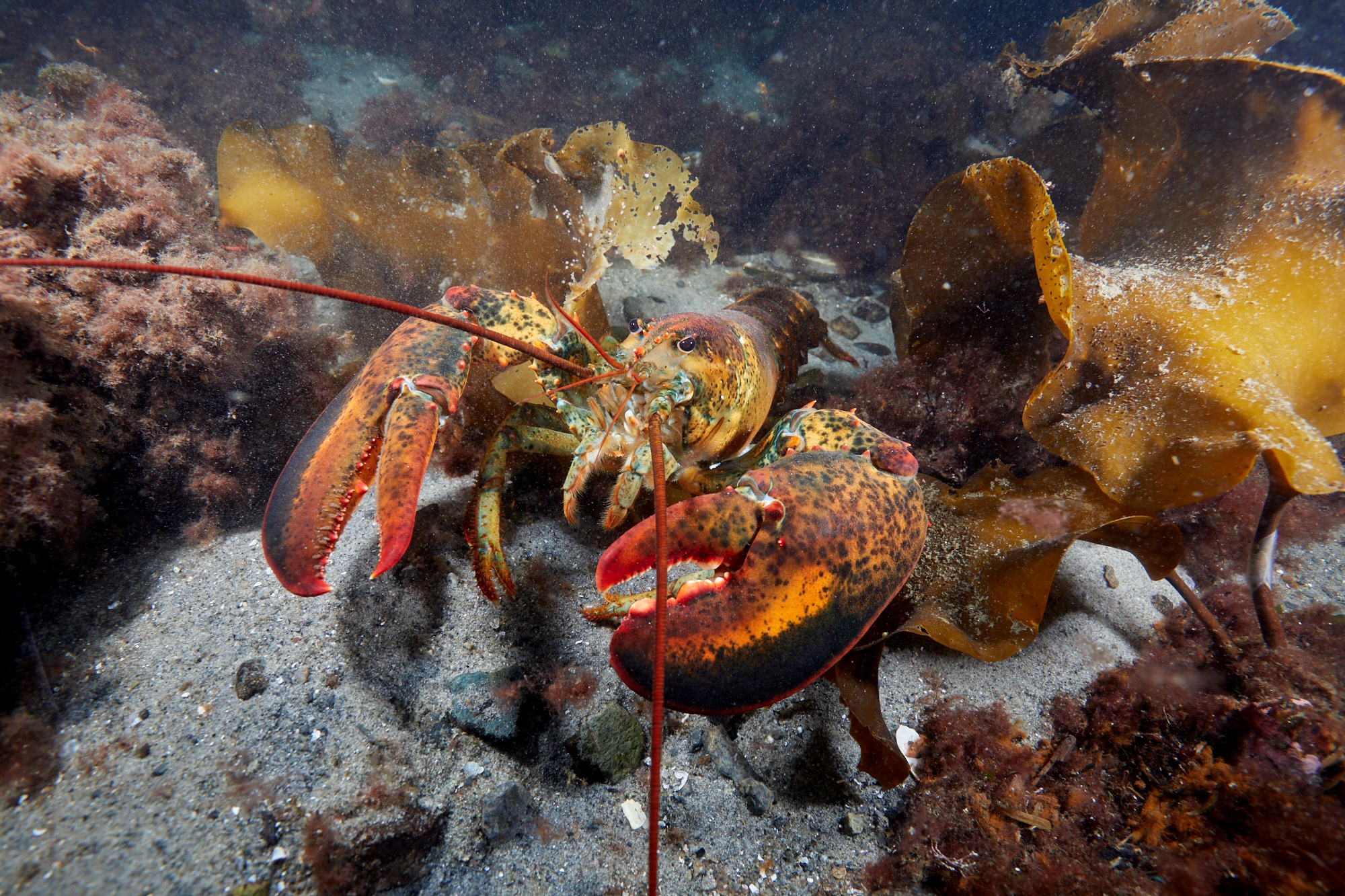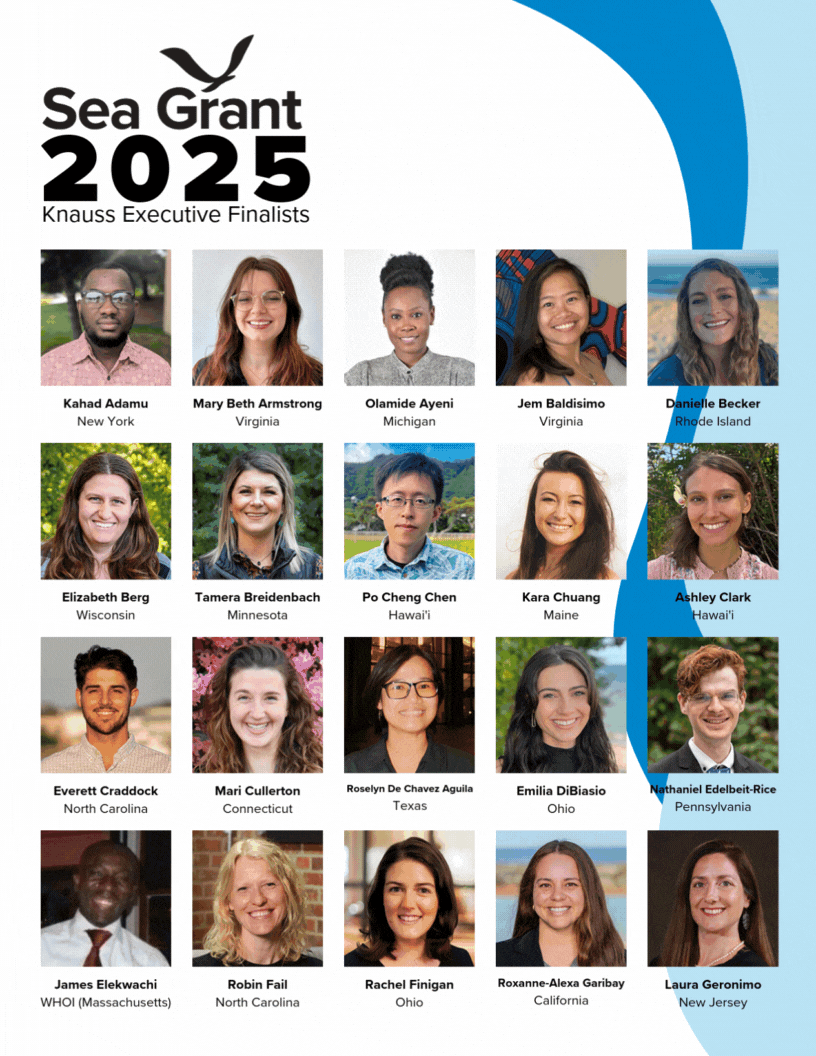Sea Grant Extension at the National Severe Storms Laboratory
By Robin Garcia, National Sea Grant Office
Sea Grant programs have extension agents throughout the coastal states, Great Lakes states, Puerto Rico, and Guam; broadening the reach of Sea Grant far beyond program home institutions. Yet, did you know that Sea Grant also has extension agents in NOAA Office of Oceanic and Atmospheric Research (OAR) laboratories across the country? And did you know that one of those agents is in Oklahoma?
The National Severe Storms Laboratory (NSSL), located in Norman, OK, utilizes research to enhance NOAA’s capabilities to provide accurate and timely forecasts and warnings of hazardous weather events. NSSL transfers much of its new scientific understanding, techniques, and applications to NOAA’s National Weather Service (NWS).
Kodi Nemunaitis-Monroe, Sea Grant’s Weather and Climate Extension Agent at NSSL since 2009, is the Project Manager for the Coastal and Inland Flooding Observation and Warning (CI-FLOW) project. Coastal flooding threatens over half of the US population, and CI-FLOW was formed in response to the damage left by Hurricanes Dennis and Floyd in North Carolina. CI-FLOW is a demonstration project that predicts the combined effects of coastal (tides, waves, and storm surge) and inland flooding (rainfall, runoff, and river flows) in coastal North Carolina. To capture such interactions, a computing system collects data to create five-minute estimates of rainfall, sends data through water quality models, and sends data through a coastal circulation and storm surge model. Forecasters also provide feedback on CI-FLOW’s total water level estimates as storms approach.
As the Project Manager for CI-FLOW, Nemunaitis-Monroe coordinates communication and project planning between meteorologists, civil engineers, and hydrologists, as well as NWS forecasters, federal researchers, university faculty, and private business. She also collaborated with North Carolina Sea Grant and NSSL to produce an outreach video about CI-FLOW, and worked with an NSSL web developer to redesign the CI-FLOW website. Additionally, Nemunaitis-Monroe is a member of the NOAA Storm Surge Roadmap Team, allowing her to share lessons learned from CI-FLOW for the benefit of future coupled storm surge modeling efforts in NWS and NOAA’s National Ocean Service.
Nemunaitis-Monroe’s next project at NSSL will be Forecasting a Continuum of Environmental Threats (FACETs). FACETs is a proposed severe weather forecasting concept that is designed to be modern and flexible, with the ability to communicate user-specific, understandable weather threat information. The concept focuses on the use of seven facets: threats, observation and guidance, forecaster decisions, threat grid tools, useful output, effective response, and verification. FACETs proposes to modernize high-impact weather forecasting and communication processes by adapting it to evolving technology, with the ultimate goal of ensuring that tools and practices are easy to understand and support community resilience.
To learn more about Kodi Nemunaitis-Monroe, read our profile and follow her on Twitter (@NSSLSeaGrant).


